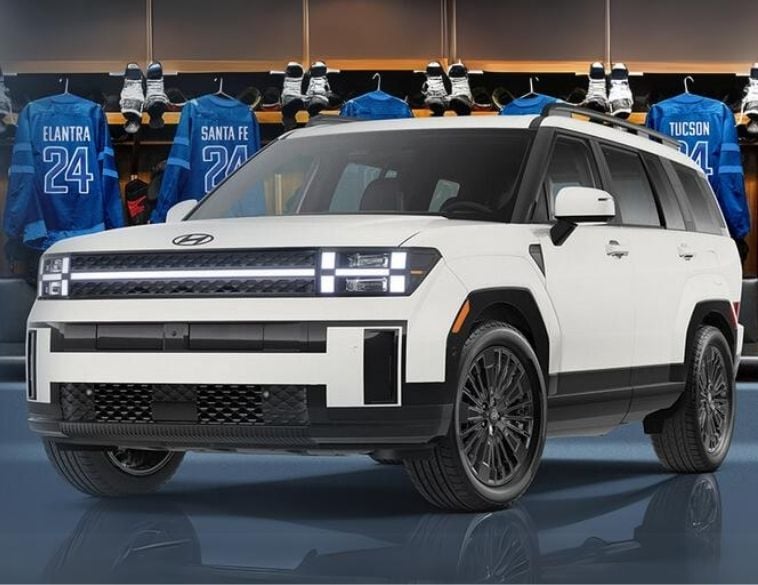We can enjoy a greener future, without arguing about which eco-friendly technology is best.
The unprecedented disruption facing the automotive industry today is certainly no secret. These emerging trends are critical to achieving both the technological and behavioural changes needed to meet our country’s emissions reduction target.
Eco-friendly cars are among the many notable innovations, and they continue to improve with each iteration. The constant debate around the strengths and weaknesses of battery-electric vehicles (BEVs) and hydrogen fuel cell vehicles (FCVs) is enough to confuse any consumer. Whether you are pro-BEV or pro-FCV, the need to transform the transportation sector for a greener future is undeniable.
As the CEO of a company that operates primarily in the automotive sector, I feel a strong sense of responsibility to support the industry on the road to going green. With both our country and our industry firmly committed to environmental sustainability, I am confident that we are well on our way to an eco-friendly future with a diversity of clean energy choices for consumers.
Battery electric vehicles
BEVs continue to gain popularity in the marketplace due to the benefits they provide, and many major automakers are producing exceptional vehicles. One of the most appealing features of BEVs is the simple plug-in charging process. The immediate feasibility of this charging method is simple to understand, as it is much like charging our smartphone.
Two current challenges for BEVs involves extending the driving range and reducing the time required to recharge the vehicle battery. Standard BEVs operate on a 200 to 400 km driving range. This range can be significantly reduced by extreme weather conditions, further limiting their practicality in Canada during the cold winter months.
Charging the battery can take from 30 minutes to several hours, resulting in a significant adjustment from what the average consumer is accustomed to today. Fortunately, with the speed of innovation and new technology, these shortcomings can improve in the future.
Consequently, BEVs are currently most suited to green-conscious consumers who drive short distances in big cities, or by consumers who consider a BEV as a supplement to their existing vehicle.
Hydrogen fuel cell vehicles
FCVs can reach up to 600 km on one fill, emit only water vapour, and the fuelling time is comparable to an internal combustion engine. Canada hydroelectric capacity means that renewable power can be used as the energy input to make green hydrogen, further contributing to the minimal impact FCVs have on the planet.
The long-term benefits of fuel cell technology position FCVs as a replacement, rather than supplemental, vehicle of choice for consumers. Most automotive executives believe FCVs have replaced BEVs as this year’s top trend until 2025, according to KPMG’s most recent Global Automaker Executive Survey. These results further highlight the promise of hydrogen, the most abundant element on the planet, as a clean energy alternative for our transportation system.
The key challenge for fuel cell technology at this time is to expand infrastructure. You may be able to fill up in less than five minutes, but limited refuelling stations are certainly a cause for concern. Fortunately, significant efforts for wider fuel cell infrastructure are underway.
Canada’s first retail hydrogen refuelling station opened in Vancouver in June of this year, an example of what is possible when government and industry work together. This is the first of a six-station network planned for Greater Vancouver and Victoria, and other places in Canada such as Ontario and Quebec have announced their plans to build similar infrastructure. A robust network of retail refuelling stations is necessary for consumers to have confidence in this alternative technology.
While major automakers have yet to reach a consensus, many are investing and collaborating in research and development of fuel cell technologies. However, they can’t succeed alone. The achievement of zero emission transportation must continue to be an industry-wide effort, together with the government, to make FCV technology more accessible to consumers.
Looking ahead
All stakeholders of the automotive industry share a common vision of a greener future. Collaboration is the key ingredient to bringing innovative, sustainable technology to the Canadian market.
The constant debate about which trends will survive suggests that it doesn’t have to be one or the other. Perhaps one’s success is not the other’s demise, and our focus should be on how best to meet the needs of consumers and our environment. By concentrating on how these technologies can co-exist and complement each other based on the relative merits of each, we could ultimately succeed in providing consumers with a choice of clean energy that best suits their needs.
Continuing to work collectively on green innovations is what will drive our global momentum towards mitigating climate change, and transform transportation into a sustainable industry for generations to come.



